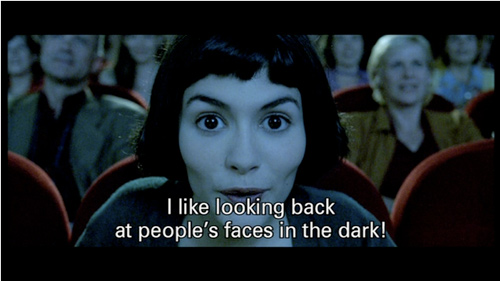Unless you happen to be a true polyglot, chances are you’ve relied on subtitles to make sense of things at some stage, whether it’s the latest foreign art-house flick or just quiet, muffled or plain incomprehensible speech in your own language. It’s often forgotten, however, that subtitles have also long played another vital role in giving the hearing-impaired the chance to make sense of moving images. They may be a vital aid, but have you ever stopped to wonder how those all important words came to be on your screen?
More often than not the company producing the film or TV programme doesn’t handle any of the subtitle work themselves; it’s usually left to an outside agency. There are many professionals out there who work with specialised technology to get the text on to the screen. The two main types of subtitling we see today are:
- Pre-prepared – Just as the name suggests, this involves preparing scripts beforehand to add to the video. This technique is far more labour-intensive and is increasingly being replaced with live subtitling for television broadcasts, but remains in widespread use elsewhere.
- Live – Many news bulletins, sporting events and talk shows are broadcast live, so live subtitles were created for this purpose. It was once the case that a stenographer would listen to the live broadcast and use shorthand keyboard systems to type out what was being said, which was then converted into subtitles, but this role is now filled by modern speech recognition systems. Real time subtitling has the obvious disadvantage of being much more prone to mistakes and inaccuracies.
A further differentiation can be observed in the way that subtitles are incorporated into a video:
- Hard-coded – Otherwise referred to as “burned-in”, these subtitles cannot be turned on or off; they’re always visible because they’re part of the video track. This can make things easier for viewers but does, however, require extra steps to be completed by producers, and isn’t suitable when multiple subtitle tracks are required.
- Soft-coded – This method, which is often used on mainstream DVD releases, incorporates a separate file for subtitles and leaves the raw video file intact. It provides choice for viewers but has been known to suffer from compatibility issues. Professionals test everything thoroughly to minimise the risk of this happening.
It’s important to evaluate the product and the needs of viewers before making a decision about which type of subtitles to use.
Creating Your Own Subtitles
Fortunately, amateur film and programme makers have some options when it comes to creating subtitles. The simplest option involves working with a text editor like Notepad to achieve the desired results. Simply use the following template and make sure to save with the .srt extension.
1
00:01:36,240 –> 00:01:38,600
Example text
2
00:00:24,900 –> 00:00:27,700
Another example
If you’re looking for a more advanced solution, you’ll find plenty of specialist software packages such as SubCreator, InqScribe and Aegisub that can provide additional functionality such as real-time video preview screens, along with tools for adjusting timing and appearance. Achieving a close match to professional-quality work may necessitate the use of a combination of programs: one in which subtitles can be created and manipulated and another program that combines a subtitle file with the corresponding video, such as the aptly-named Auto Gordian Knot.
For filmmakers with ample budgets, using the services of a specialist subtitling company is considered the method capable of yielding the highest quality results, but may be out of reach for smaller operations. Aside from technical knowhow, much of their success is built around the work of skilled translators who can correctly convert the nuances of a script from one language to another without losing the essential meaning. From a viewer perspective this is paramount to understanding and immersion, making the risks of using automatic translation software particularly treacherous.
Most people give subtitles very little thought when they appear on screen. However, as we have seen so far, in terms of their production there are many routes to failure and success that filmmakers would be wise to study before deciding on a course.






